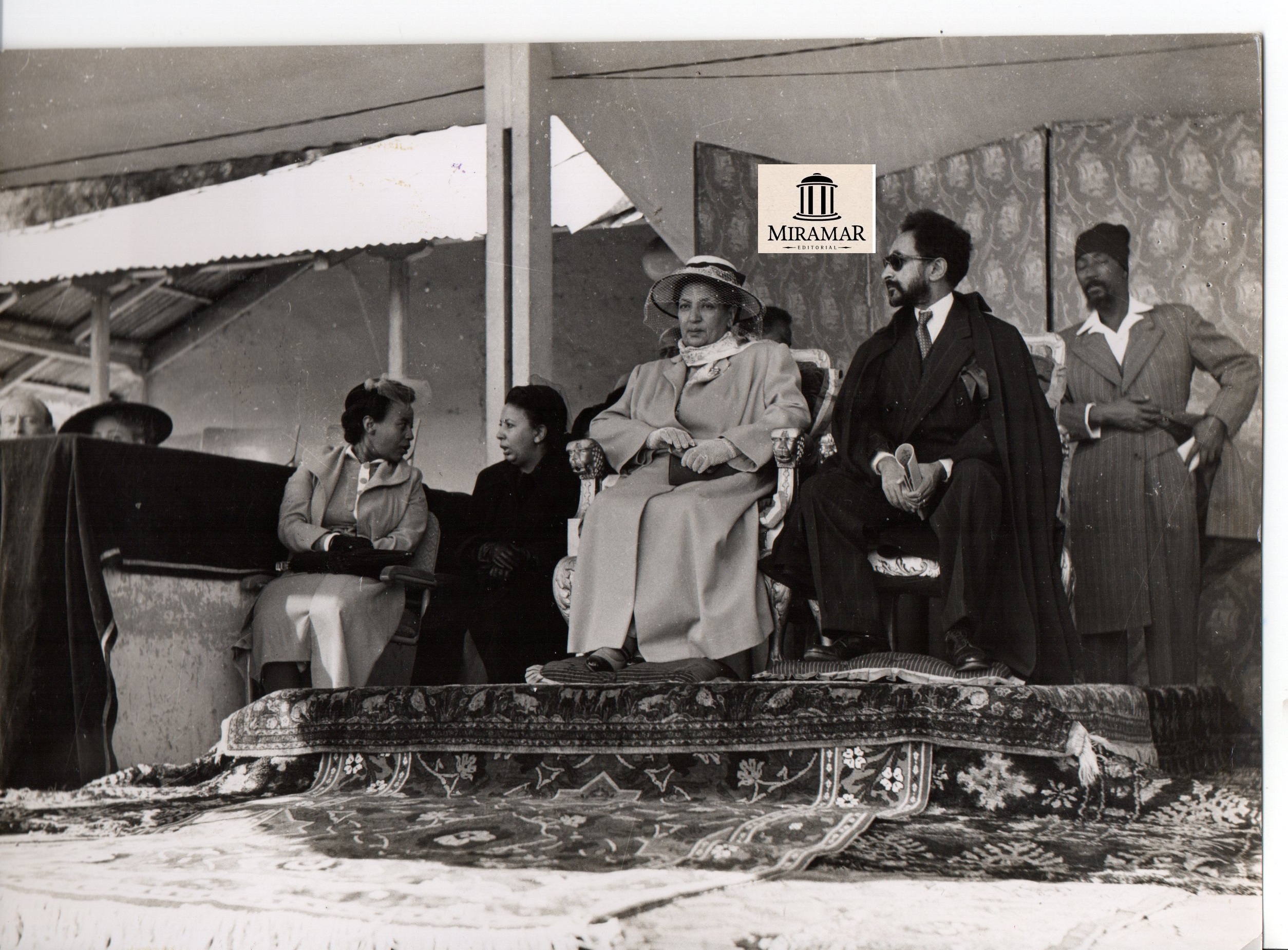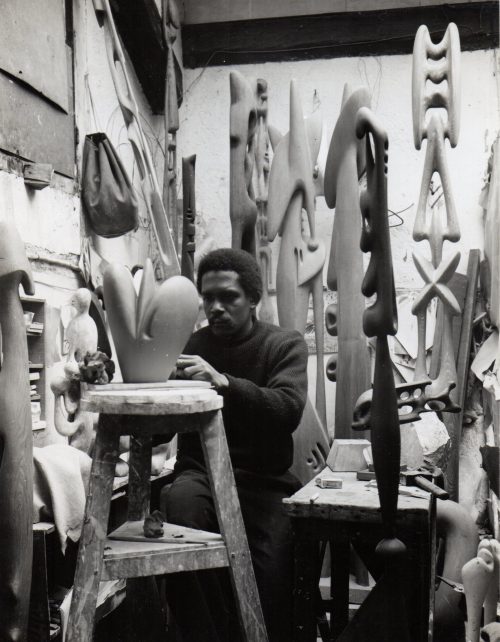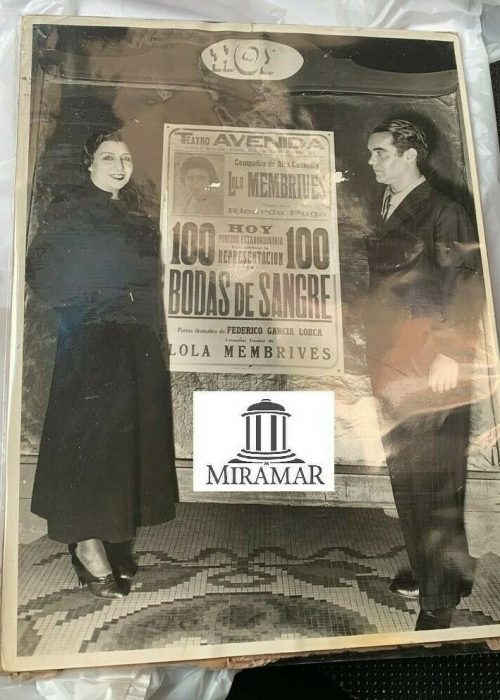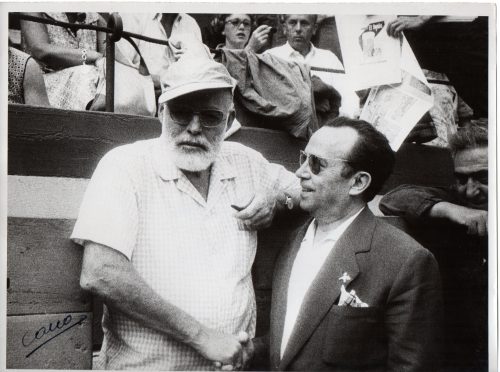A nice original historical photo of the King Haile Selassie.
Good condition.
Size 21 cm x 15 cm
Haile Selassie I (Ge’ez: ቀዳማዊ ኃይለ ሥላሴ, romanized: Qädamawi Haylä Səllasé, Amharic pronunciation: born Ras Tafari Makonnen; 23 July 1892 – 27 August 1975) was the Emperor of Ethiopia from 1930 to 1974. Prior to his coronation, he had been the Regent Plenipotentiary of Ethiopia from 1916. He is a defining figure in modern Ethiopian history. He was a member of the Solomonic dynasty who traced his lineage to Emperor Menelik I.
Selassie attempted to modernize the country through a series of political and social reforms, including the introduction of Ethiopia‘s first written constitution and the abolition of slavery. He led the failed efforts to defend Ethiopia during the Second Italo-Ethiopian War and spent the period of Italian occupation in exile in England. He returned to lead Ethiopia in 1941 after the British Empire defeated the Italian occupiers in the East African campaign. He dissolved the Federation of Ethiopia and Eritrea, which was established by the UN General Assembly in 1950, and integrated Eritrea as a province of Ethiopia while fighting to prevent their independence.
His internationalist views led to Ethiopia becoming a charter member of the United Nations. In 1963, he presided over the formation of the Organisation of African Unity, the precursor of the African Union, and served as its first chairman. He was overthrown in a 1974 military coup by a Marxist-Leninist junta, the Derg. Selassie was murdered by the junta on 27 August 1975.
Among some members of the Rastafari movement, Haile Selassie is referred to as the returned messiah of the Bible, God incarnate. This distinction notwithstanding, Haile Selassie was a Christian and adhered to the tenets and liturgy of the Ethiopian Orthodox church. The Rastafari movement was founded in Jamaica in the 1930s and its followers are estimated at between 700,000 and one million.
He has been criticized by some historians for his suppression of rebellions among the landed aristocracy (the mesafint), which consistently opposed his reforms; some critics have also criticized Ethiopia’s failure to modernize rapidly enough. During his rule the Harari people were persecuted and many left the Harari Region His regime was also criticized by human rights groups, such as Human Rights Watch, as autocratic and illiberal.




